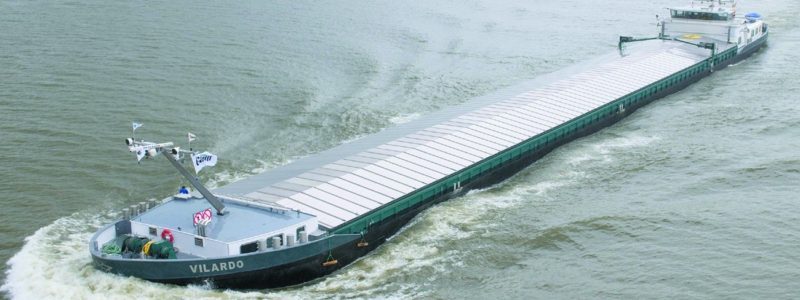
The Rivers of Ukraine association has published the amount of cargo shipped by river: some 16.5 million tonnes of cargo was shipped by river in 2018.
The association said on its Facebook page that the figure was received after analyzing the last year’s cargo turnover, taking into account open data from the Ukrainian Sea Ports Authority and companies involved in transportation by river. In addition, the association assessed the volume of transportation across the Dnipro, Danube and Southern Bug rivers.
According to him, the volume of traffic across the Dnipro River last year amounted to about 9.9 million tonnes, across the Danube River – 6 million tonnes, across the Southern Bug River – about 600,000 tonnes.
According to Deputy Minister of Infrastructure Yuriy Lavrenyuk, the volume of traffic across the Dnipro River in 2018 increased 22.4% compared with 2017.
“New carriers began to appear on the river transportation market on the Dnipro River. This indicates that in the near future, in the event of development of inland waterway transport and inland waterways, we will be able to significantly reduce the burden on our roads, in which the government invests dozens of billions of hryvnias in construction and repair annually,” he wrote on his Facebook page.
Lavrenyuk also said that in 2019, Ukrvodshliakh, which maintains and operates the locks in the Dnipro cascade, will receive UAH 163 million from the national budget, which will increase its potential for repairs and maintenance of the locks in the proper and safe condition.
“We are still far away from the figures before the 1990s, when 60 million tonnes of cargo were transported across Ukrainian rivers. However, we can talk about some recovery of the market,” Executive Director of the Rivers of Ukraine association Dmytro Kozachenko said.
According to him, the growth of railway tariffs and the strengthening of control over the transportation of goods by road lead to the intensification of the river transportation market.